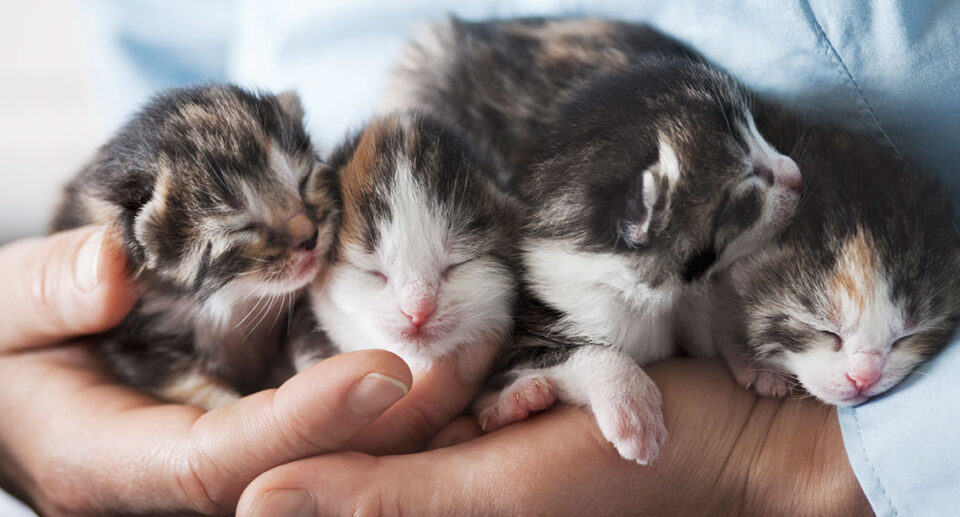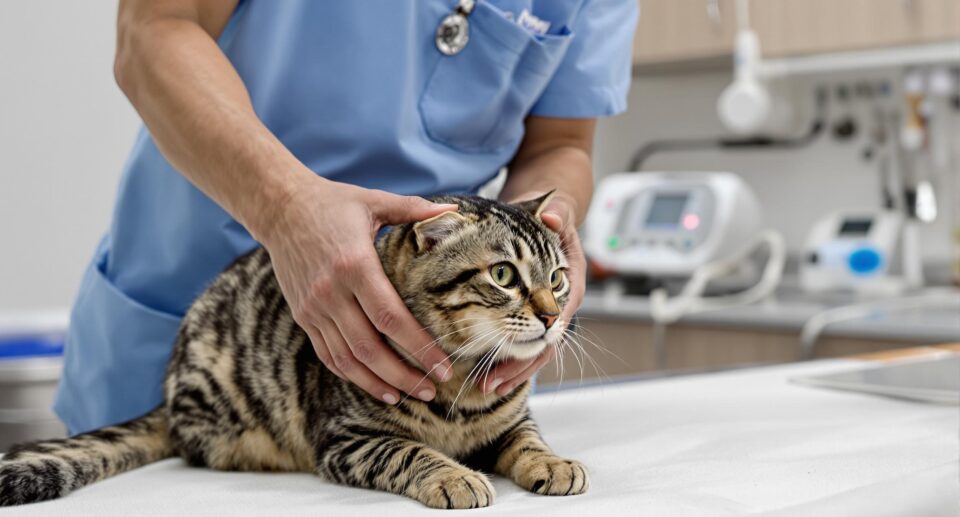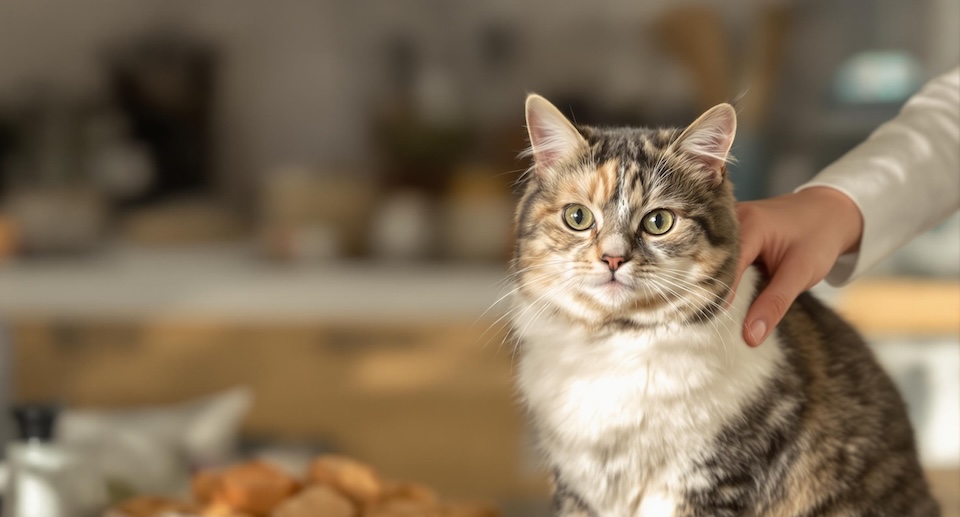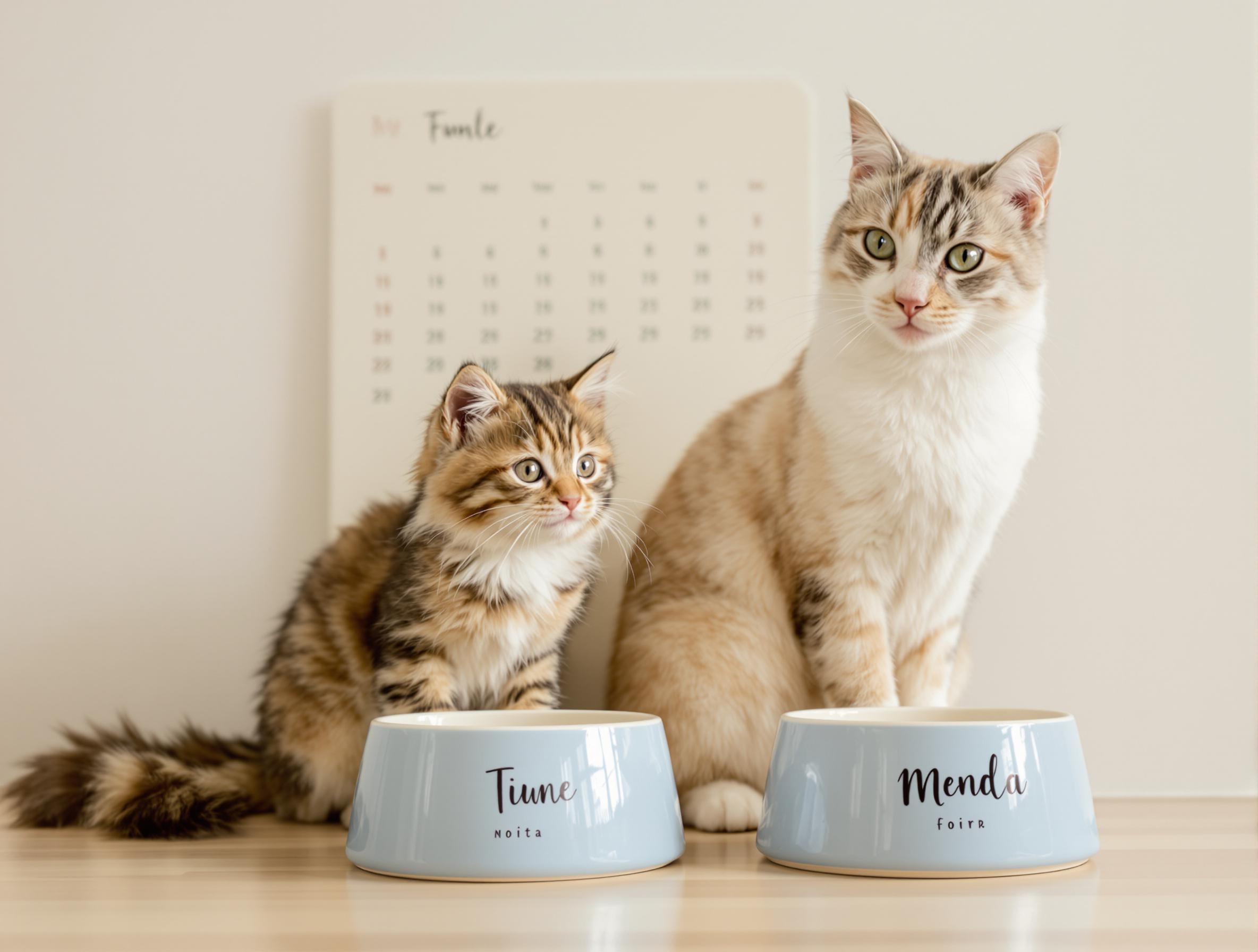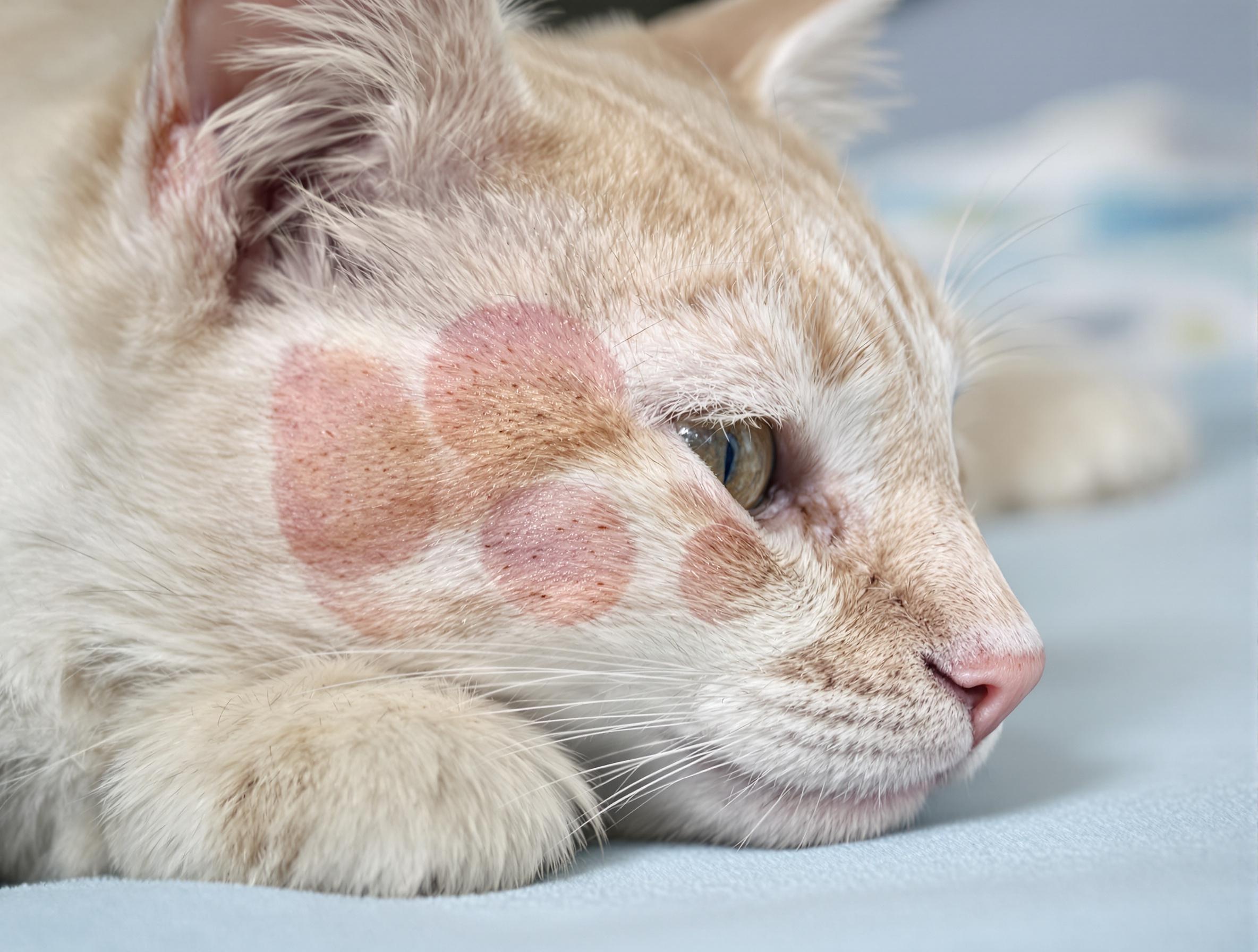What Is the Best Diet for a Diabetic Cat?
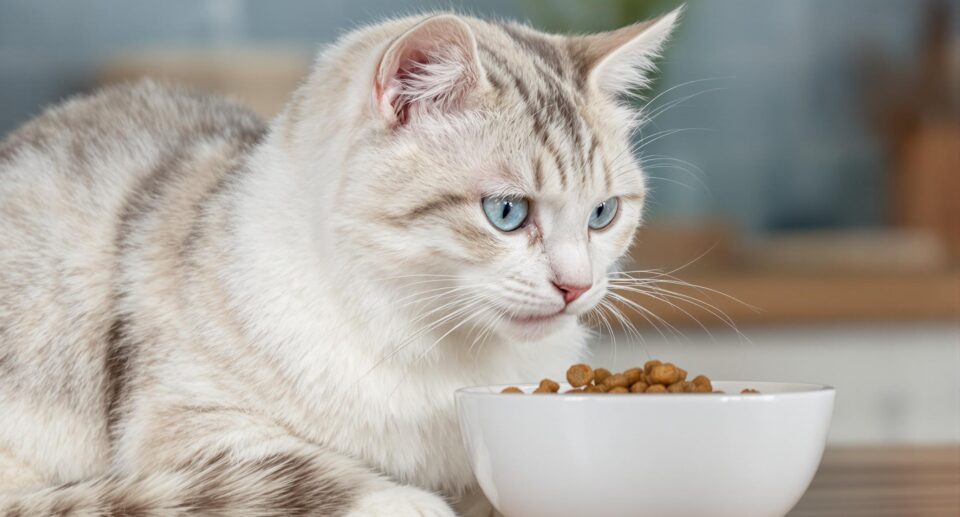
Once a dog is diagnosed with diabetes they usually remain diabetic. While there are feeding and dietary strategies that can help keep their glucose levels low and well-controlled, they will usually require insulin injections lifelong.
An excellent diet choice for a diabetic dog is a meat-based high protein food that is moderately fat and carbohydrate restricted. Carbohydrates, if included, should be low glycemic (for example, barley or sorghum). Ideally, at least 30 to 40% of the calories in your diabetic dog’s food would come from protein and less than 30% of calories would come from fat and carbohydrates each. Further dietary fat restriction may be necessary if your diabetic dog has pancreatitis or blood fat elevations. Options to consider include Nature’s Variety Instinct, Wysong, and Halo.
Several studies indicate that high or moderately high–fiber diets may help some diabetics by minimizing their post–eating blood sugar fluctuations. While this is true for SOME dogs, a clear clinical benefit has not been shown for the majority of diabetic dogs. Sometimes high fiber diets will cause inappropriate weight loss (in a thin diabetic) and should be avoided. High fiber diets may also be associated with undesirable intestinal side effects such as decreased appetite (due to poor palatability), flatulence and diarrhea or constipation. If your dog is very overweight or obese and in need of weight loss, you might consider a diet with higher fiber to aid in weight loss. Instead of changing to a high fiber diet formulation (which often contains inferior ingredients), you can also consider adding supplemental fiber to your dog’s regular diabetic food in order to increase the overall fiber content while still maintaining a high quality food.
To best control your diabetic dog’s sugar levels, it is important to feed consistent meals at fixed times each day. Ideally meals are timed to the insulin injection — for example, feed your dog and give insulin within 1 hour to help combat the blood sugar rise from the food. So the insulin works effectively at each meal, it is best that each feeding contains the same amount of calories and the same ingredients so that the insulin will have an expected effect.
Do not give treats at random throughout the day, as this can cause blood sugar spikes that the insulin may not be able to control. It is best to give treats when you know the insulin will be at peak effectiveness (usually around 4 to 6 hours after insulin injection). Many commercial treats are high in carbohydrates and sugars and should be avoided. Choose treats that are high in protein (freeze–dried meat like PureBites Dog Treats) or give fresh lean meat. Don’t overdue the treats—make sure that less than 10% of your dog’s daily calories come from treats.
Unlike dogs, cats have a very good chance of becoming non-diabetic if certain dietary changes are made and their insulin resistant factors are controlled (like obesity, etc). It is very common for a cat to require insulin for only a few months and then go into diabetic remission. The two most important recommendations for cats with diabetes are no carbohydrates and no dry food! Diabetic cats should eat a high–protein, moderate fat and low/no carbohydrate food for the best chance of remission from their diabetes. The desired levels may vary if your cat has other medical conditions, but in general, I recommend that at least 45% of your cat’s calories come from protein, 25 to 30% from fat and only 10% (or less) of their calories come from carbohydrates. Wysong and Petcurean are great options.
To best control your diabetic cat’s sugar levels, it is important to feed consistent meals at fixed times each day. Ideally meals are timed to the insulin injection—for example, feed your cat and give insulin within 1 hour to help combat the blood sugar rise from the food. So the insulin works effectively at each meal, it is best that each feeding contains the same amount of calories and the same ingredients so that the insulin will have an expected effect.
Do not give treats at random throughout the day, as this can cause blood sugar spikes that the insulin may not be able to control. It is best to give treats when you know the insulin will be at peak effectiveness (usually around 4 to 6 hours after insulin injection). Many commercial treats are high in carbohydrates and sugars and should be avoided. Choose cat treats that are high in protein (freeze–dried meat like PureBites Cat Treats) or give fresh lean meat. In addition, do not overfeed treats —make sure less than 10% of your cat’s daily calories come from treats. Since cats are usually type 2 diabetics they can go into remission and may not require insulin therapy. At–home blood glucose monitoring is recommended in order to safely monitor your cat for diabetic remission.

